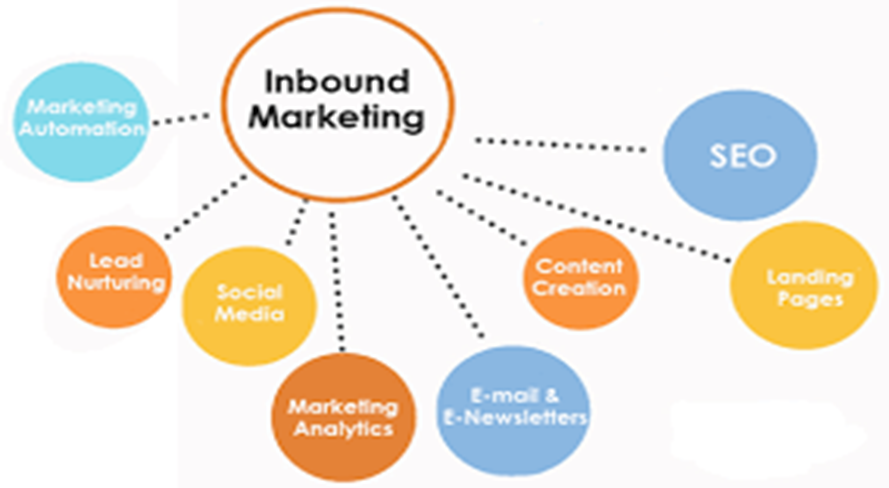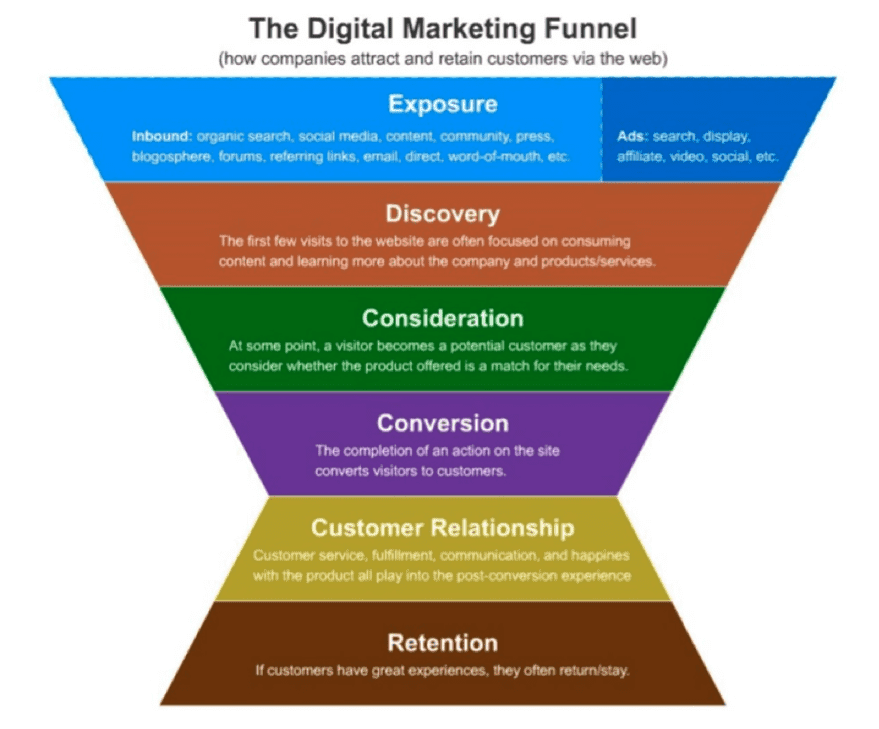
Table of Contents
- What Is Inbound Marketing?
- 5 Common Inbound Marketing Mistakes to Avoid
- Key Takeaways
- Conclusion
- FAQs
You may be a smart inbound marketer, and your marketing efforts may be paying off, generating leads, sales, and profits. All these may make you think that you can’t make mistakes like other inbound marketers. However, even the best of inbound marketers may fall prey to certain marketing mistakes, which may prevent them from unlocking their true-blue marketing potential. This is where it becomes a must to ensure that you know about some inbound marketing mistakes to avoid. Yes, even seasoned players may slip. Let’s check out five such marketing mistakes to avoid while crafting an inbound marketing strategy.
What Is Inbound Marketing?
Inbound marketing is a methodology that involves attracting customers via the creation of valuable content and customized experiences. It helps you make solid connections with your users and strives to solve their pain points. A nicely written blog that can add value to the lives of customers is one of the best examples of inbound marketing.

There are, however, some challenges to inbound marketing. They are as follows.
- It can be hard to come up with a clearly defined strategy.
- It is time-consuming.
- You exceptional analytics to review ROI.
- Results take time.
5 Common Inbound Marketing Mistakes to Avoid
Inbound marketing is efficient, but it is definitely not easy. It may so happen that you may take certain missteps when creating or executing your inbound marketing strategy. Hence, we have put together a list of the five inbound marketing mistakes to avoid.
1. Spamming your prospects with emails
Many marketers still believe in sending a huge bunch of emails to all the people on their list at once. It may have been done to settle email marketing costs in the past. However, spamming them with emails may annoy your leads and may even cause them to unsubscribe. Your aim should be to schedule your emails, with enough breathing time in between. Your content should also add value to their lives.

2. Creating solely product-based content
If you focus only on creating product-focused content, it will get repetitive, and your customers may abandon their user journey in the middle. It is because they expect you to solve their problem, not just harp on your product or service. It will diminish the value of your brand, and that may mean bad days ahead.
3. Avoiding actionable content
What is the purpose of creating a content piece? Well, you want some goals to be fulfilled through it. Not only should your content be engaging and error-free, but it should also persuade people to take some action. Therefore, not having a strong call-to-action (CTA) in your content is one of the biggest marketing mistakes to avoid. Every content piece should have a CTA that prompts the reader to take some action. In turn, it should let you earn appreciation, leads, conversions, sales, and ROI.
4. Avoiding the all-important follow-up
What happens after you have got good leads? Do you simply sit on them? What if you don’t follow up on your leads? If you don’t do so, it may mean losing out on potential customers. Once you achieve a lead, you must follow up with them instantly. It is the only way to ensure your leads will turn into customers.
5. Buying email lists
When you buy email lists, you get massive contacts that you can send your content to, but the quality of leads you will get is not guaranteed. It means you may be spending a lot of time on something that may not give you any real results. Hence, a marketing mistake to avoid here is to buy email lists. Another marketing mistake to avoid is expecting results in your favor too soon. You should remember that content may take its time to succeed. You should have patience for results to swing in your favor.
Key Takeaways
- Inbound marketing requires you to create meaningful content that can add value to the lives of your users and convince them to take actions that are profitable for your brand.
- It is extremely vital that you focus on the marketing mistakes to avoid.
- Don’t bombard your prospects with annoying and repetitive emails.
- Avoid creating content that focuses solely on products and does not address users’ problems.
- Forgetting to add CTAs in your content can leave your readers in the lurch. Guide them on what to do after reading your content.
- Ensure you follow up with your leads if you want to convert them into paying customers and establish a long-standing relationship with them.
- Buying email lists is not a great idea.
Conclusion
You are now aware of what inbound marketing is. For an inbound marketing campaign to succeed, there is a need for a sophisticated approach to consumer behavior. Your foremost aim should be helping out consumers in their buying journeys by providing them with relevant information. And always keep in mind the key marketing mistakes to avoid.

FAQs
Inbound marketing deals with creating valuable content to attract users and solve their problems.
A carefully created blog that gives customers some value or solves their pain points is the best example of inbound marketing.
Videos, blogs, ebooks, newsletters, and infographics are some types of inbound marketing. You must always focus on the inbound marketing mistakes to avoid, for these content types to achieve success.
SEO is an integral part of inbound marketing. It helps websites rank through organic search.
Google Ads is an inbound marketing trick that focuses on getting your content to rank higher
Yes, paid search is an inbound marketing strategy that gives quick results, if implemented appropriately.
Latest Blogs
Explore how Google’s 2025 AI search updates triggered ranking chaos. Learn actionable strategies to adapt your SEO for AI Overviews, zero-click searches, and SERP volatility. Stay ahead now.
Learn how to rank on AI search engines like ChatGPT, Perplexity, and Gemini by optimizing your content for authority, structure, and relevance. Stay ahead in AI-driven search with this strategic guide.
Explore the best healthcare SEO services for your medical practice. Improve online visibility and effectively reach more patients in need of your services.


